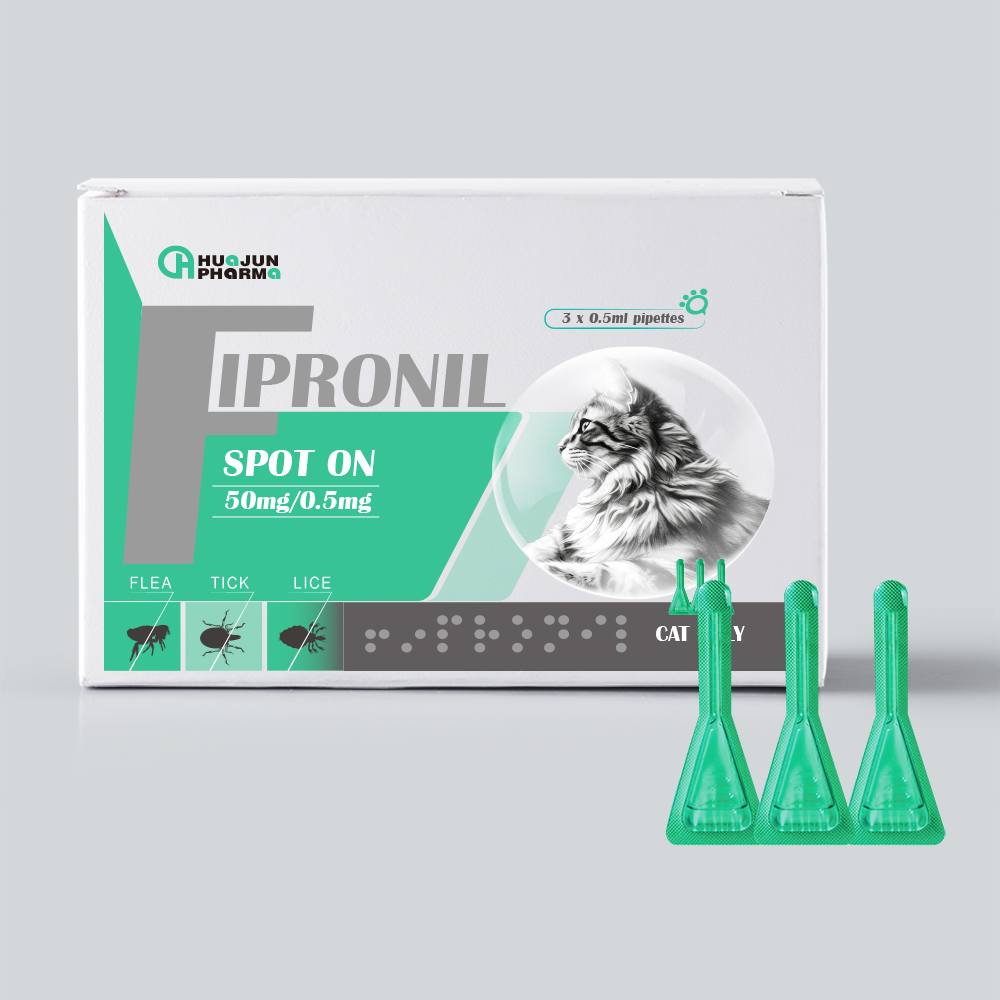
Des . 16, 2024 06:22 Back to list
china coccidiosis chicken poop
Understanding Coccidiosis in Chickens Insights from China
Coccidiosis is a significant parasitic disease affecting poultry, particularly chickens, and has implications for poultry farming worldwide. In China, where chicken farming is a crucial part of the agricultural economy, understanding the sources and management of coccidiosis is essential for ensuring the health of flocks and the viability of the industry. This article explores the characteristics of coccidiosis, its transmission via chicken feces, and effective management strategies.
What is Coccidiosis?
Coccidiosis is caused by a group of single-celled parasites known as coccidia, belonging to the genus Eimeria. These parasites primarily invade the intestinal tract of chickens, leading to various degrees of damage and clinical illness. Symptoms can range from mild to severe and often include diarrhea, weight loss, and reduced feed conversion rates. In severe cases, coccidiosis can lead to significant mortality, particularly in young chicks.
Transmission through Chicken Feces
One of the key aspects of coccidiosis is its mode of transmission. The primary route of infection is through ingestion of oocysts, the resilient eggs released in the feces of infected birds. Contaminated feed, water, litter, or direct contact with infected droppings exposes healthy chickens to the disease. The environmental resilience of coccidia makes control challenging; oocysts can survive for long periods outside the host, maintaining a constant reservoir of infection in poultry farms.
In China, where intensive farming practices are prevalent, the risk of coccidiosis outbreaks increases. High stocking densities can elevate the contamination of environments with chicken droppings, creating an ideal scenario for the spread of the disease. Farmers must be vigilant, as a single positive case can lead to rapid transmission within flocks.
Prevention and Management Strategies
china coccidiosis chicken poop

Given the economic costs associated with coccidiosis outbreaks, developing effective management strategies is crucial. Here are several approaches utilized in poultry farms across China
1. Good Hygiene Practices Maintaining a clean environment is fundamental. Regular cleaning and disinfection of poultry houses can significantly reduce oocyst load. Farmers should implement a strict biosecurity protocol, including controlling visitor access and preventing the introduction of new birds without health screening.
2. Proper Nutrition A balanced diet strengthens the immune system of poultry. Adequate levels of vitamins and minerals, particularly vitamin A and zinc, play vital roles in maintaining gut health and reducing the susceptibility to infections.
3. Vaccination Vaccines against coccidiosis are available and effective in controlling the disease. These vaccines expose chickens to non-lethal strains of the parasite, allowing the birds to build immunity. Farmers in China are increasingly adopting vaccination as part of their integrated disease management plans.
4. Pharmacological Treatments Anticoccidial drugs can be administered prophylactically or therapeutically to control outbreaks. However, the overuse of these medications can lead to resistance, making it crucial for farmers to follow veterinary guidance in drug usage.
5. Monitoring and Surveillance Regular monitoring for signs of coccidiosis can help detect problems early. Integrating diagnostic tools to identify the presence of Eimeria species in flocks allows for targeted interventions.
Conclusion
Coccidiosis remains a significant concern in the poultry industry, particularly in countries like China where chicken farming is a major economic contributor. Understanding the transmission of the disease, predominantly through chicken feces, is vital for effective management. By implementing stringent hygiene practices, providing proper nutrition, utilizing vaccinations, and regularly monitoring flocks, farmers can mitigate the impacts of coccidiosis. Ultimately, a combination of preventive measures and timely interventions can lead to healthier birds, improved productivity, and a thriving poultry industry.
-
Top Hemoglobinuria Manufacturer & Supplier Reliable Hemoglobinuria Factory Solutions
NewsJun.24,2025
-
Premium Honeysuckle Products - Leading Honeysuckle Manufacturer & Supplier Factory
NewsJun.10,2025
-
Pulmonary Edema Solutions from Leading Manufacturer & Supplier Reliable Factory Price
NewsJun.10,2025
-
Red Eyes - Leading Red Eyes Manufacturer & Supplier, Premium Quality Factory Price
NewsJun.10,2025
-
Broiler Ascites Syndrome Solutions Top Manufacturers
NewsJun.10,2025
-
Premium Amoxicillin Suppliers Reliable Biomox Mexican Factories
NewsJun.10,2025




